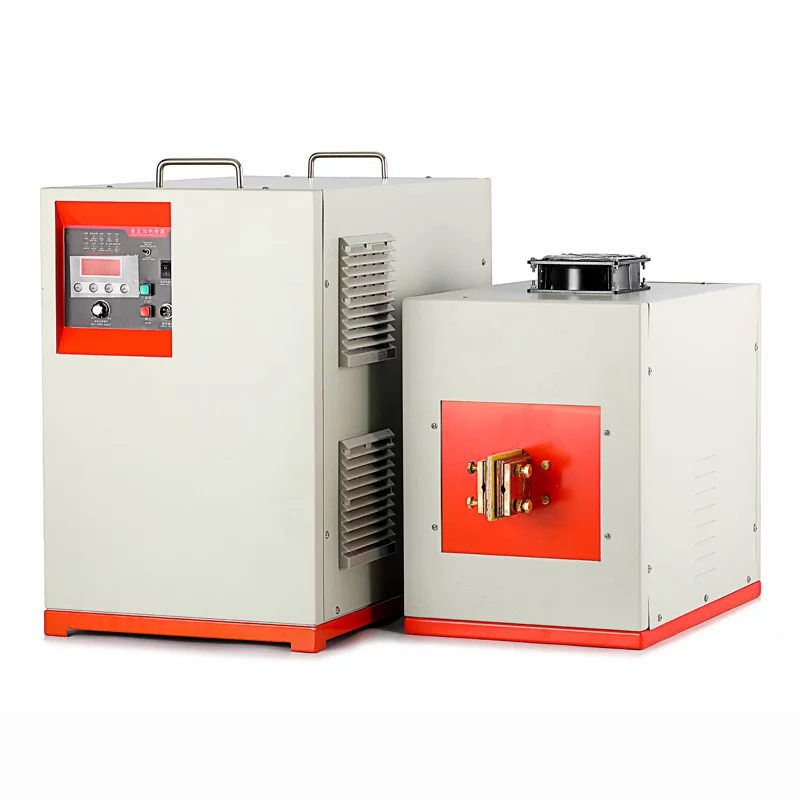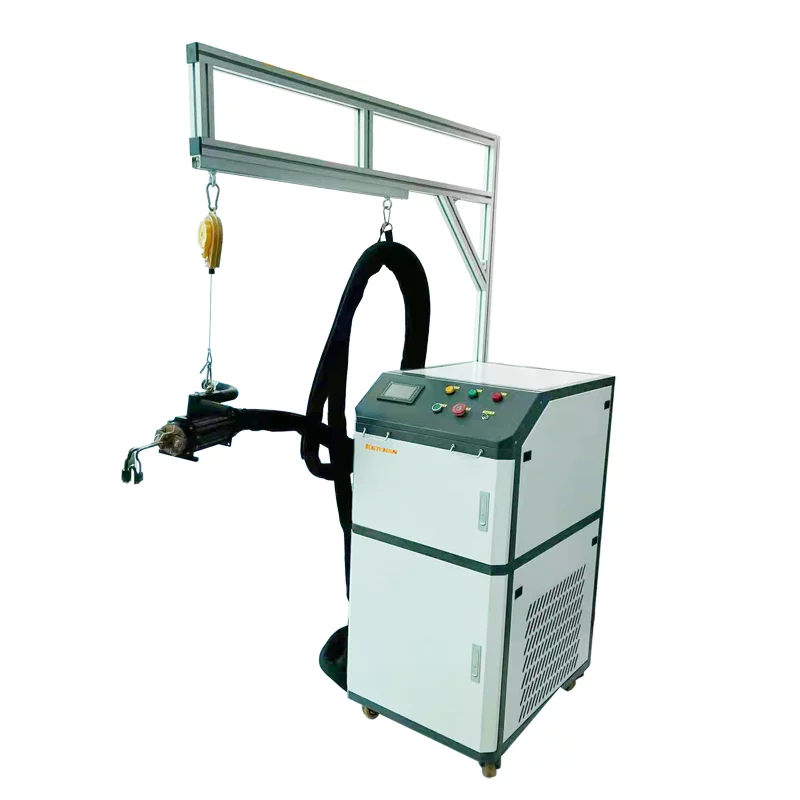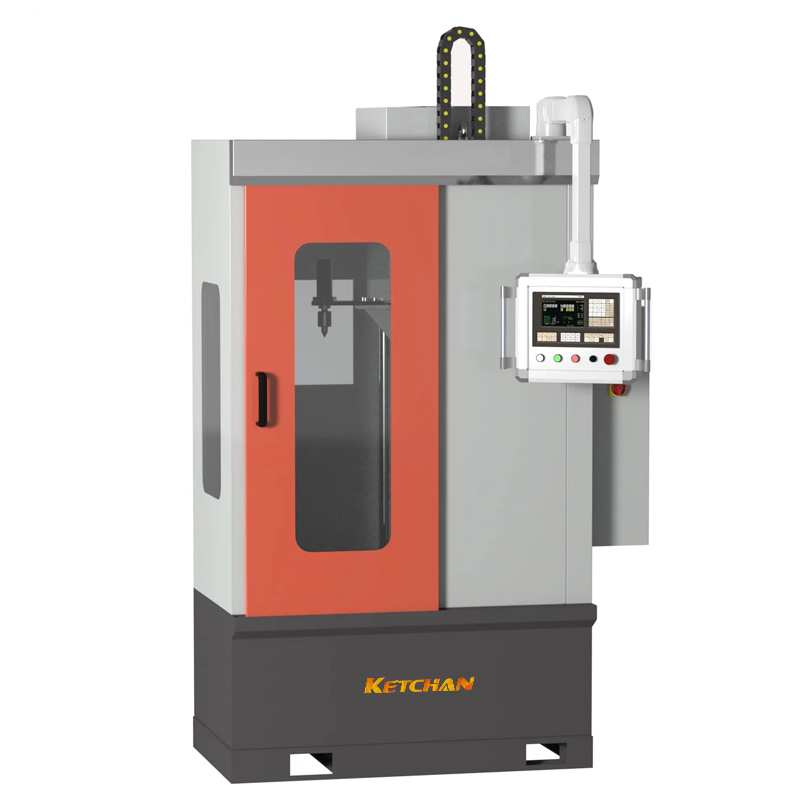Before induction heating, a flame furnace was the only choice for industrial heating. In fact, if it is purely economical, the flame furnace is superior to any electrical heating equipment including induction heating equipment. This is because there are many energy conversions from the generation of electricity to the induction heating of the billet, and each conversion is accompanied by losses. Taking thermal power generation as an example, the conversion of thermal energy from fuel combustion into mechanical energy and electrical energy will lose part of the energy. On its way from the power plant to the induction heating equipment, part of the electric energy is also converted into heat energy in the lifting and step-down transformers, high and low voltage transmission lines. The remaining electrical energy is converted to magnetic energy in the induction heating equipment, which is converted into heat energy to heat the blank, bringing new losses. However, in the forging industry, induction heating has the following two characteristics compared with flame furnace heating.
1. High unit power and short diathermy time
Induction heating has a unit power of up to 500-1000kW/m2 (due to the high flux density established in the billet and a certain amount of effective heating depth) and a short dire heat time (due to the heat coming from the billet itself). This feature brings the following advantages to the heating of forged billet:
(1) The heating speed is fast. Even when heated in the air, the oxidation and decarburization of the blank surface are very little. After forging the parts have reasonable streamline distribution, it can make the billet get higher fatigue performance. The oxide scale is 3%-4% when heated in a flame furnace, while induction heating can be controlled at 0.05%-0.5%. Induction heating has no fuel products in the heating zone, thus a relatively clean blank can be obtained, which is a very beneficial factor for the high-quality production of the blank.
(2) Short heating time is conducive to local heating. The temperature in the heating zone can be established quickly, and the temperature transition zone is relatively narrow, which not only reduces the loss of electrical energy, but also facilitates the forging and pressing of some local heating parts.
(3) Energy and material saving.
(4) Short heating time makes induction heating easy to improve productivity and reduce production costs.
(5) High heating speed, short heating time, resulting in fine austenite grains. The workpiece heated by induction has a very good metallographic structure.
(6) The device starts quickly. There are many refractories in the flame furnace, which absorb a lot of heat energy when starting, that is, the heat loss of the device is large. When you’re not working, you have to
Maintain a certain temperature.
(7) The heating speed is fast, and the oxide scale is rarely generated, which prolongs the life of the mold (some data show that the life of the mold can be increased by 30% only due to the reduction of the oxide scale by induction heating).
2. Reproducibility
Induction heating is reproducible, that is, the power required by induction heating is basically constant for a given blank specification, material, initial forging temperature and beat. Therefore, the beat can be used to determine the precise heating temperature, good process repeatability, stable product quality. The advantages of this feature to the heating of forged billet are:
(1) Due to the compact equipment and adjustable power, induction heating equipment can form a production line with forging and pressing equipment to achieve synchronous production.
(2) The induction heating method can effectively prevent the blank from insufficient heating temperature or overburning under specific power and beat conditions, and fundamentally guarantee the forging quality.
(3) It is convenient to form a closed-loop temperature control system with computer, temperature measuring device (such as infrared temperature measuring instrument), PID temperature controlling device, and semiconductor frequency converter (such as SCR, IGBT, MOSFET frequency converter) for the realization
Accurate control and automation of temperature to ensure stable product quality.
(4) Modern management system is implemented in the forging and pressing factory.
The characteristics mentioned above and the resulting great improvement in environmental and working conditions, labor SAVING and production footprint reduction make induction heating fully conform to the 3S standard (SURE reliable, SAFE and SAVING) and 3C standard (COOL low temperature, CLEAN CLEAN and CALM) for modern production. There is every reason to say: induction heating is the most ideal means of forging heating nowadays, especially for a relatively single variety of billets with a, particularly large batch.





